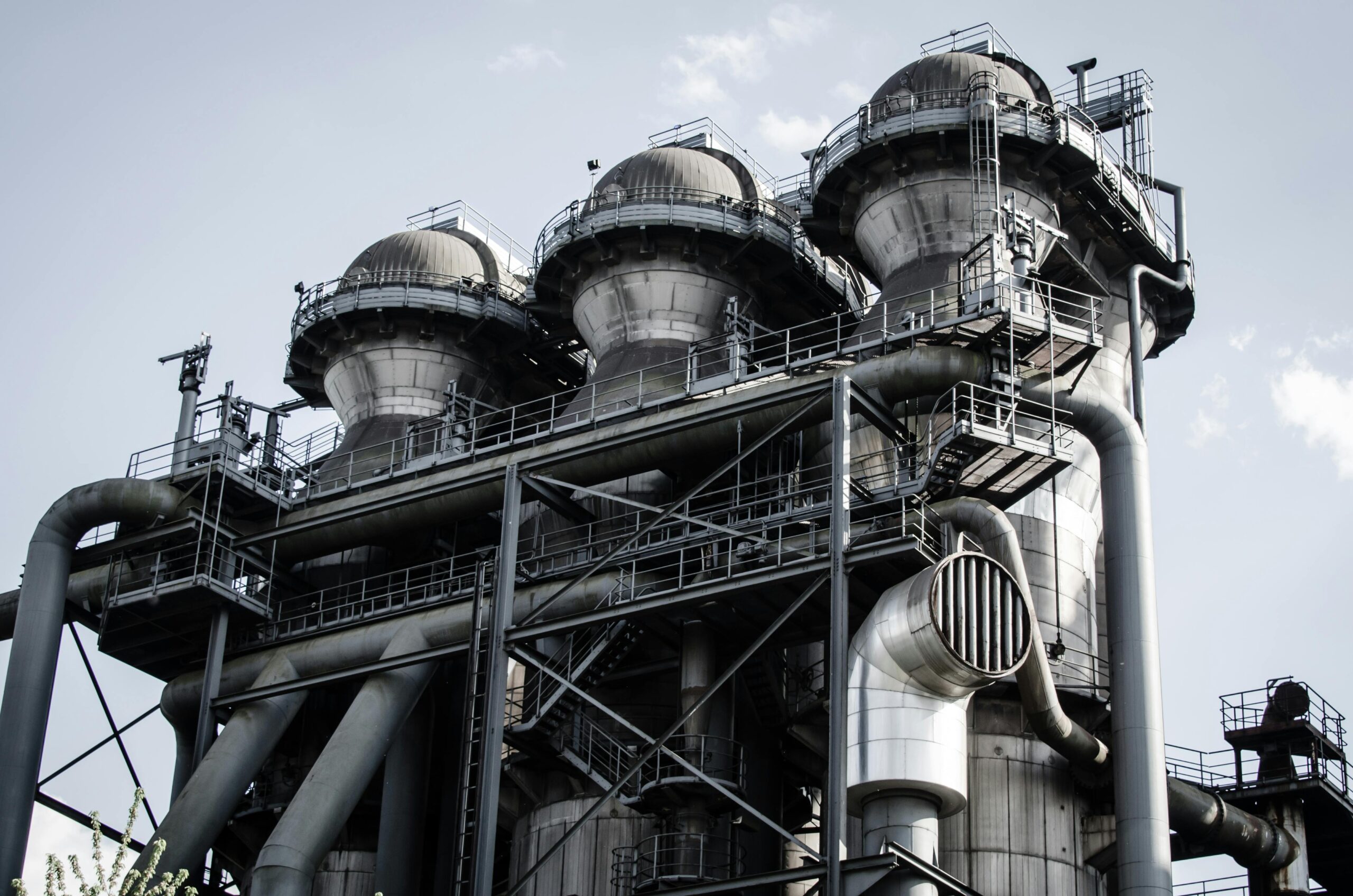Introduction: In the dynamic world of entrepreneurship and business ventures, success hinges not only on innovative ideas and market potential but also on sound financial management. Central to this is the concept of burn rate—a crucial metric that sheds light on how quickly a company is consuming its available capital. In this article, we delve into the intricacies of burn rate, its significance in assessing financial health, and strategies for effectively managing it to ensure long-term sustainability and success.
Understanding Burn Rate: Burn rate, often referred to as the rate of cash burn, encapsulates the pace at which a company is spending its financial resources to cover operational expenses, investments, and other outlays. It serves as a vital gauge of a company’s financial runway—the length of time it can sustain its operations before depleting its cash reserves or requiring additional funding. Essentially, the burn rate provides valuable insights into the company’s cash flow dynamics, expenditure patterns, and sustainability.
Factors Influencing Burn Rate: Several factors contribute to a company’s burn rate, including:
Operational Expenses: The bulk of a company’s burn rate stems from its day-to-day operational expenses, encompassing salaries, rent, utilities, marketing, and administrative costs. The magnitude of these expenditures directly impacts the rate at which cash is being consumed.
Growth Initiatives: Companies often ramp up their burn rate deliberately to fuel growth initiatives such as hiring top talent, expanding into new markets, investing in research and development, or scaling up production capabilities. While these investments hold the promise of future returns, they can accelerate cash burn in the short term.
Investments and Capital Expenditures: Capital-intensive projects, acquisitions, or investments in infrastructure and technology can significantly impact the burn rate by requiring substantial upfront capital outlays.
Revenue Generation: The ability to generate revenue from sales, partnerships, or other sources acts as a counterbalance to the burn rate. Companies with robust revenue streams can sustain higher burn rates while maintaining financial stability.
Funding Rounds: The timing and success of fundraising efforts, whether through equity financing, debt financing, or other means, play a pivotal role in determining the company’s financial trajectory. A well-timed fundraising round can bolster cash reserves and extend the runway.
Managing Burn Rate: Effectively managing the burn rate is paramount for ensuring the financial health and sustainability of a business. Here are some strategies to consider:
Budgeting and Forecasting: Develop a comprehensive budget and financial forecast to track expenses, revenue projections, and cash flow. Regularly review and update these forecasts to align with evolving business dynamics.
Expense Control: Scrutinize all expenses to identify opportunities for cost optimization without compromising essential operations or growth initiatives. Implement stringent cost-control measures to rein in unnecessary spending.
Revenue Growth: Prioritize strategies to drive revenue growth through sales expansion, customer acquisition, product innovation, and market penetration. Diversify revenue streams and explore new monetization opportunities to bolster financial resilience.
Cash Management: Adopt prudent cash management practices to ensure adequate liquidity and mitigate cash flow constraints. Monitor cash flow closely, maintain adequate reserves, and proactively address any liquidity challenges that may arise.
Fundraising: Explore opportunities to raise capital strategically to support growth initiatives and extend the company’s financial runway. Engage with potential investors, pitch compelling business propositions, and secure funding to fuel expansion plans.
Conclusion: In the ever-evolving landscape of business, mastering the art of burn rate management is essential for steering companies toward long-term success and sustainability. By understanding the factors influencing burn rate and implementing prudent financial management strategies, entrepreneurs and business leaders can navigate the complexities of cash flow dynamics, optimize resource allocation, and position their ventures for growth and resilience. Ultimately, striking the right balance between expenditure optimization, revenue generation, and strategic fundraising is key to achieving financial equilibrium and charting a path to prosperity in today’s competitive business environment.















